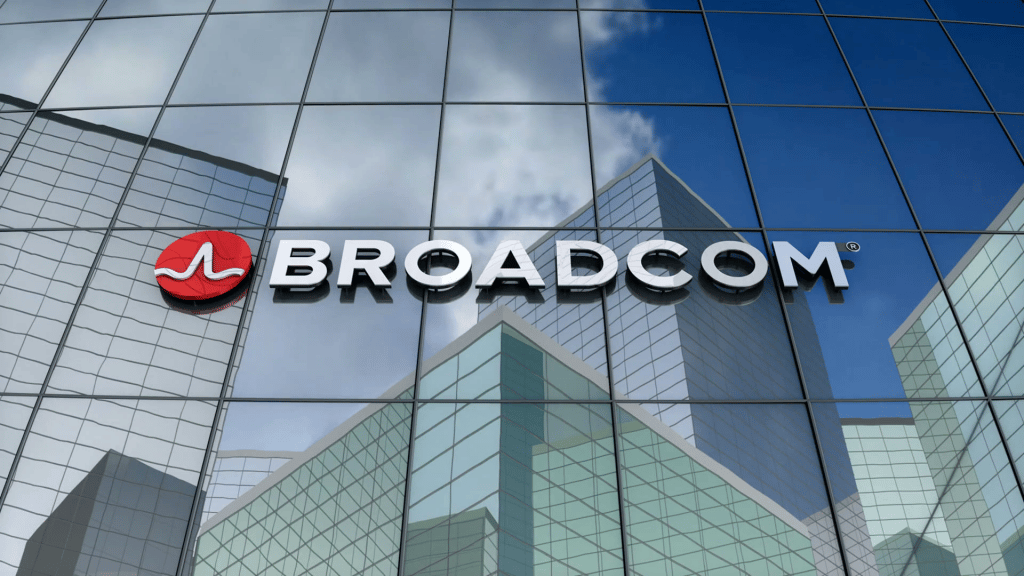
2016 Trends: Preparing the Network for Web-Scale Demands

Despite all the headlines about the cloud, Big Data and the new enterprise paradigm, the most far-reaching advancements in the data center continue to reside on the micro-architecture level. After all, more powerful processors produce more efficient and effective data manipulation, so when it comes to doing more with less, the most effective solutions can usually be found in silicon.
The holy grail in processor technology (for the moment, at least), has been to replace current electrical solutions with photonic ones. This will go a long way toward shrinking dies, reducing heat and increasing throughput – oh, and lowering costs as well. To date, however, there has been no effective way to integrate electronic and photonic elements onto a single chip, considering that some functions are best left to plain, old electrons.
Researchers at MIT, UC Berkeley and UC Boulder, however, just announced a breakthrough on this score that they say could improve processing speeds up to 100-fold. As reported on CIO Today, the solution integrates about 850 photonic elements with more than 70 million standard transistors on a single chip, and the best part is that it can be accomplished using the same fab techniques that currently govern standard chip-making. The solution offers all the logic, memory and interconnect functions of today’s devices while achieving a top speed of 300 Gbps per square millimeter, which would boost performance in everything from mobile phones to the most powerful data center solutions. The group is already in talks with commercial developers for a potential release in as little as two years.
Meanwhile, Intel is looking to leverage its extensive hold on all things digital to convert virtually everything we touch into a data generator. The company is looking to embed sensors across its microprocessor portfolio, according to PC World, essentially turning the entire world into an extension of the data center under the Internet of Things paradigm. At CES, Intel showed off applications in clothing, sporting equipment and drones that would provide a steady stream of data to various stakeholders for advanced analytical purposes. Ultimately, the idea is to produce more data, thus generating greater demand for more chips.
At the same time, companies like Qualcomm are developing industry-specific solutions designed to support advanced digital applications in things like automobiles. The company’s Snapdragon 820 solution is aimed at infotainment, graphics and multimedia services in our cars while at the same time offering machine intelligence and integrated LTE (long term evolution)-Advanced connectivity that will supposedly evolve as the IoT universe does. The device is built on a 14 nm FinFET process using Qualcomm’s 64-bit Kryo CPU, the Adreno 530 GPU and the Hexagon 680 DSP, making it amenable to a variety of heterogeneous computing applications. It also boasts an integrated modem that supports 600/150 Mbps download/upload and the Zeroth intelligence platform that the company says will enhance both safety and the in-vehicle experience.
Advanced processing is also making its mark on traditional enterprise infrastructure, such as storage. QNAP’s new TBS-453A appliance utilizes the Intel Braswell N3150 quad-core processor to provide a “portable NAS” that can be integrated into everything from the smallest home office to the largest data center. The device offers 8 GB of RAM, dual HDMI ports and M.2 SSDs and sports the QTS NAS operating system that provides advanced features like remote server management, virtual networking switching and support for various compute OS’s like Linux and Android. The system can also be paired with peripherals like the TDS-16489 backup solution and the ES-1642dc ZFS file store.
No matter where data comes from, or where it goes, there will be a silicon chip somewhere to greet it. Some amazing things have been done on virtual and software-defined architectures to make life easier for data users and managers alike, but nothing has a more direct impact on productivity and advanced computing than the processor.
And while Moore’s Law on the standard x86 design is reaching its limits, it’s good to know that there are many other ways to turn bits of data into actionable knowledge.
Arthur Cole writes about infrastructure for IT Business Edge. Cole has been covering the high-tech media and computing industries for more than 20 years, having served as editor of TV Technology, Video Technology News, Internet News and Multimedia Weekly. His contributions have appeared in Communications Today and Enterprise Networking Planet and as web content for numerous high-tech clients like TwinStrata and Carpathia. Follow Art on Twitter @acole602.











